Merry Beltane Eve to those of us in the southern hemisphere and Happy Halloween to all in the northern hemisphere! Wherever you are, I hope you have a fun-filled night full of trick-or-treating magic. Over the last month, we’ve explored the many facets of Beltane, which is the more seasonally appropriate celebration of spring in the southern hemisphere:
Episode 20: Beltane (Air) - Beltane vs Halloween and Walpurgis Night
Episode 22: Beltane (Water) - Springs, Wells and Morning Dew
Episode 23: Beltane (Earth) - A'-Maying, the May Bush and Maypoles
In this episode, we will explore the fascinating, colourful and seasonally appropriate Latin American celebration of Día de Los Muertos.

Day of the Dead, known as Día de Los Muertos in Spanish, is celebrated throughout Latin America. It is a fusion of Catholic and indigenous traditions that can be traced back to Mesoamerican cultures like the Aztec and Maya in Mexico and Guatemala, and the Inca in the Andean countries of Bolivia, Ecuador and Peru. Observed between November 1 and 2, Día de Los Muertos is a vibrant and joyous celebration to remember family members and ancestors who have passed away and to support their spiritual journeys in the ‘afterlife’.
Families gather together and practice traditions that honour their deceased relatives and invite them back to the land of the living to partake in celebrations. Graves are cleaned and decorated with marigolds, candles and colourful paper-cut flags. The deceased’s favourite foods and personal mementos are often placed in graveside ‘ofrendas’ or altars. Ofrendas are also created in homes, housing photos and personal mementos, decorated with marigolds, other flowers, candles and offerings of food and drink.
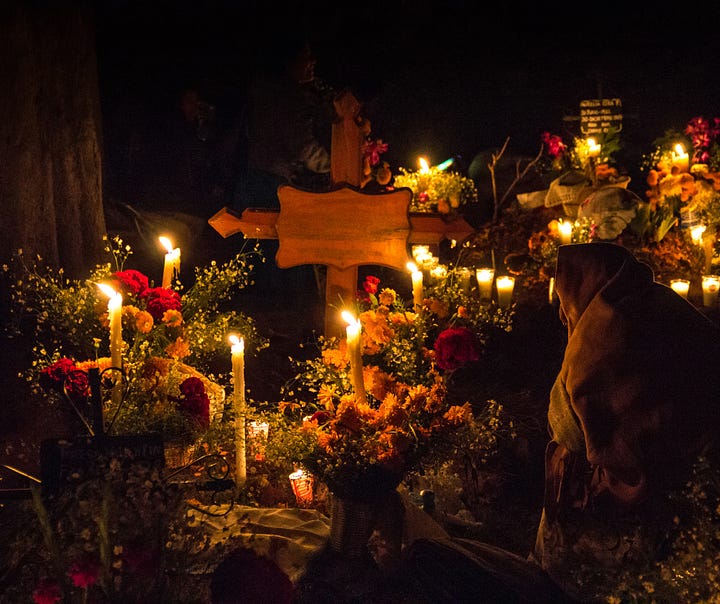
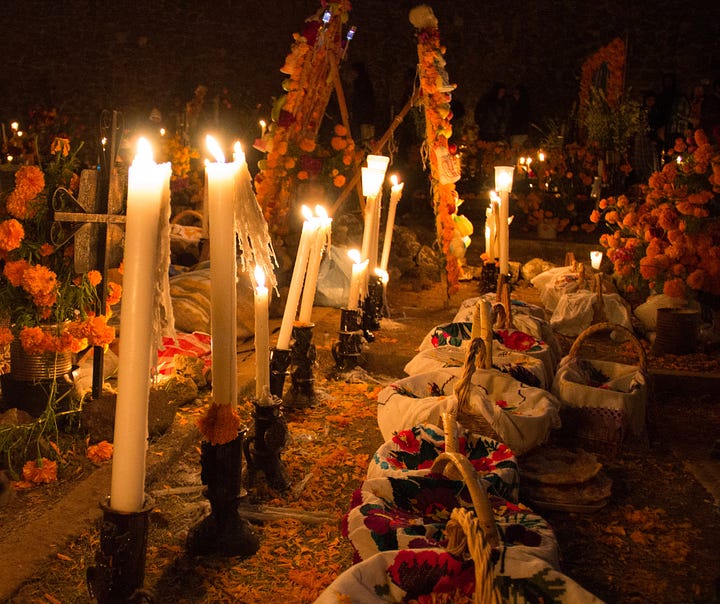



Marigolds are an important symbol during Día de Los Muertos, as their aroma and bright colour are believed to help guide the spirits of the dead back to the living world and to their loved ones. Pan de Muerto, a special ‘bread of the dead’, and colourfully decorated sugar skulls are popular foods used as offerings.
This video (19:00 mins) by ‘Tasting History’ shows how to make Pan de Muerto and provides details on the Mesoamerican celebrations that influenced Día de Los Muertos.
Families share stories and fond memories of their deceased loved ones. They hold feasts in honour of and to remember their beloved dead, and to provide them with sustenance in the afterlife. Festivals and parades full of music, dance and colourful costumes are also held in celebration of the dead.
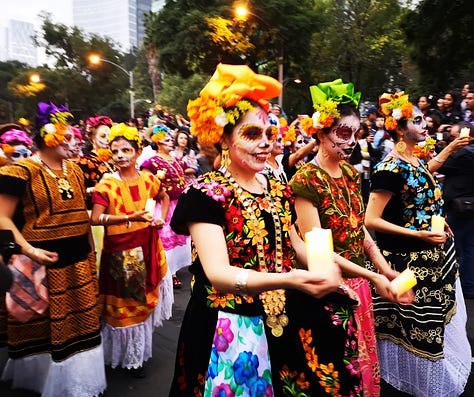

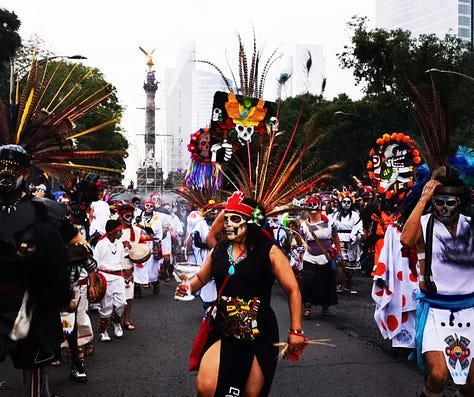
La Calavera Catrina, the ‘Elegant Skull,’ has become a ubiquitous symbol of Día de Los Muertos. She was first depicted in a broadside lithography print by Jose Guadalupe Posada in 1901, who was lampooning the European aspirations and corruption of Mexican ‘high society’. The famous Mexican muralist, Diego Rivera elaborated on this image and made La Catrina an icon through his mural Sueño de una tarde dominical en la Alameda Central or Dream of a Sunday Afternoon at Alameda Central Park, in which he depicts La Catrina, arms linked with Posada and with his own famous wife, Frida Kahlo.
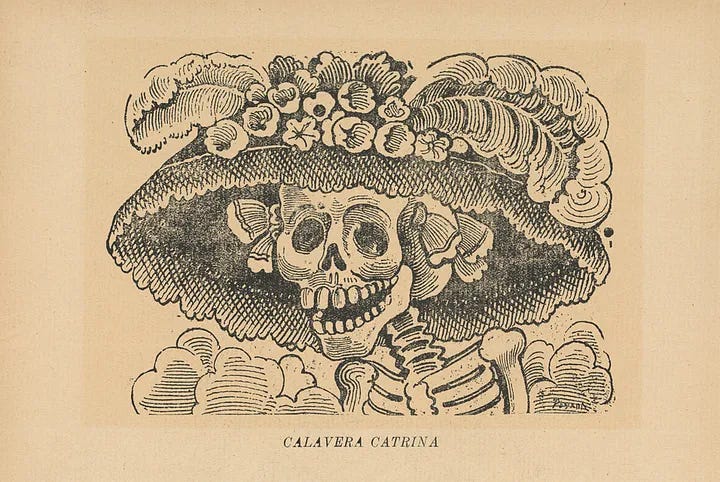
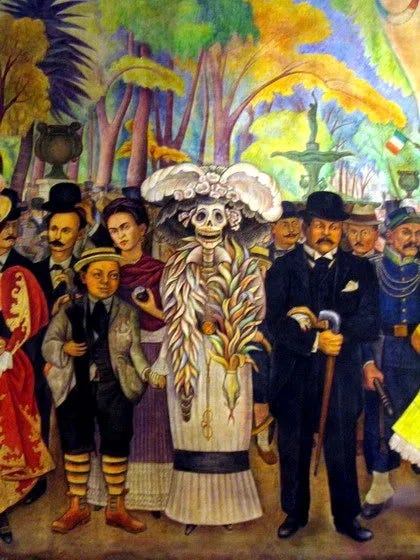
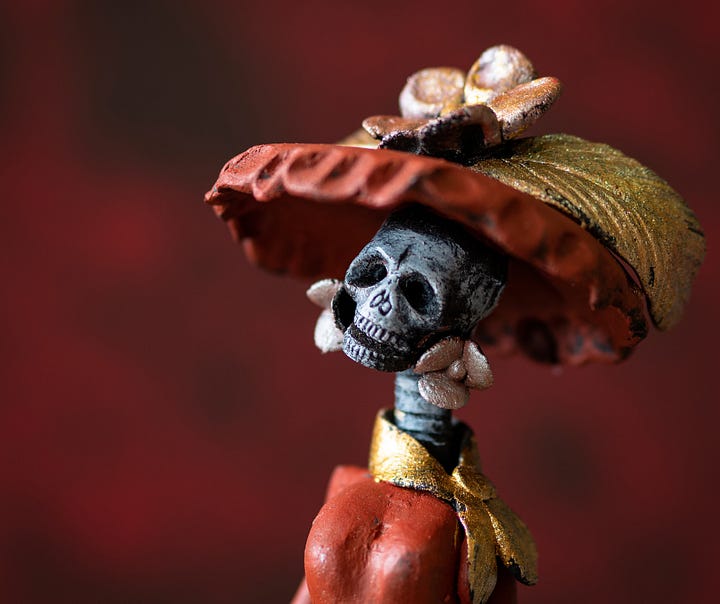

This short video (3:07 mins) by Cultura Colectiva Plus describes the origins of La Catrina:
This next short (2:06 mins) video from National Geographic features Día de Los Muertos traditions from different countries across Latin America.
Mexicans, and other Latin Americans, have a long history of revering Death in her feminine form. Nuestra Señora de la Santa Muerte (Our Lady of Holy Death), often shortened to Santa Muerte is a cult image and folk saint of Mexican Catholicism. She is considered a personification of death and is associated with healing, protection and safe delivery to the afterlife. Although her cult has been condemned by the Catholic Church, she has become increasingly prominent since the start of the 21st century.


Santa Muerte is herself an echo of an even older Aztec goddess, Mictēcacihuātl, who watched over the bones of the dead and was queen of Chicunamictlan, the Aztec underworld.


Despite its association with death, Día de Los Muertos is not a mournful event but rather a lively, colourful celebration that embraces death, and brings families together to honour the deceased and keep their memories alive.
No mention of Día de Los Muertos is complete without the gorgeous and magical Disney Pixar animated movie, Coco. Not only does it depict the customs and the meanings behind many of the Día de Los Muertos traditions, it is a lovely and entertaining story for the whole family. I adore this film, and I’m sure you will too.
La Llorona (The Crying or Wailing Woman) is a popular song often sung during Día de Los Muertos. This version is sung and performed by Mexican American singer Angela Aguilar:
I will be taking a hiatus from writing, recording and publishing episodes of the Wheel & Cross podcast for the month of November, in order to rest and prepare for the joyous madness of the upcoming Christmas season. The podcast schedule is updated and can be seen here in full with links to past episodes. In the meantime, here is a teaser of December’s Christmas-themed episodes:
5 December - Episode 25: A Very Aussie Christmas
12 December - Episode 26: Santa’s Nice and Not So Nice Elves
19 December - Episode 27: The Making of Santa Claus
26 December - Episode 28: New Year’s Eve Traditions
See you in December ready to celebrate Christmas, have a fabulous November and in the meantime, I offer you this poem, ‘Reveries’ by Josephine Butterfield Walcott, World of Song, 1878:
Sweet are the tales of the years that have vanished,
Beautiful years that can never return;
Beautiful hopes that cannot be banished,
In the heavens of the soul their fires will burn;
Soul speaks to soul through years long departed,
Distance is swept by sweet mem'ry aside,
A word resurrects the long silent-hearted,
We walk once again by dear ones who died.



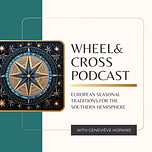

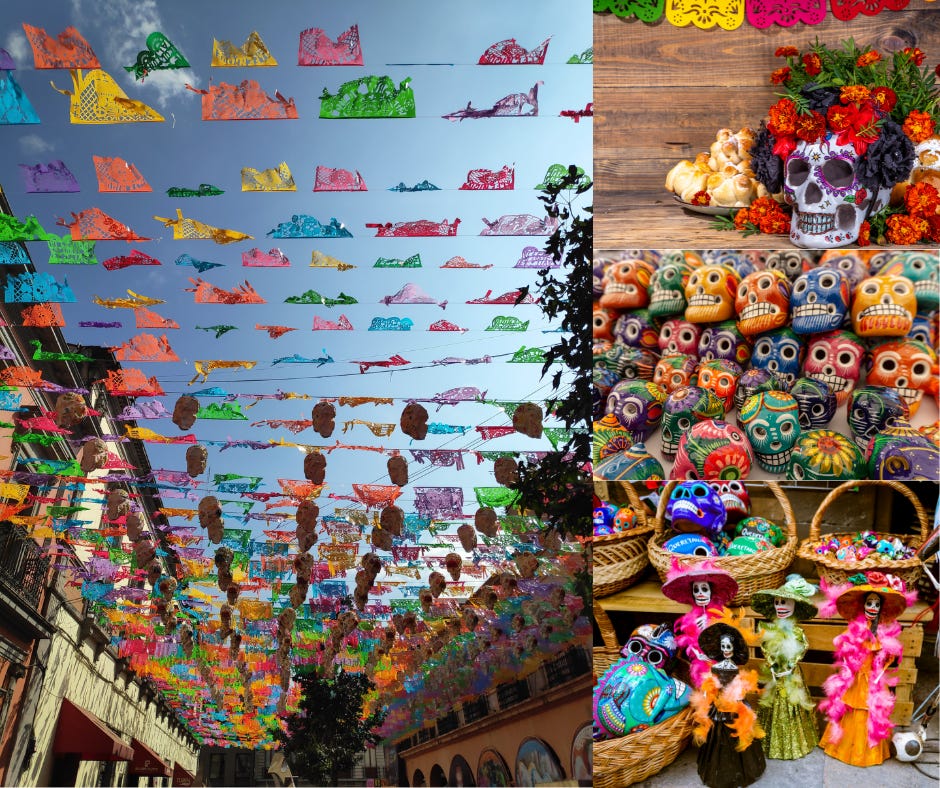







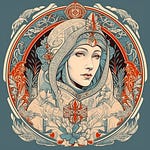
Episode 24 - Día de Los Muertos (Day of the Dead)